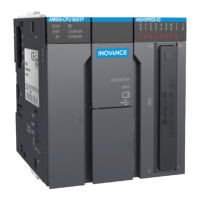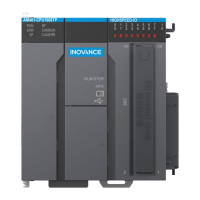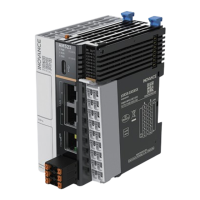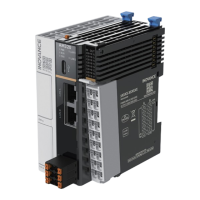-30-
Introduction
3.3 Specications of the Power Module
1 Basic specications
Item Name Rated Value Test Conditions Remarks
Insulation
resistance
Primary side -
SELV
≥ 2 x 106 Ω
Ambient temperature: 25±5℃
,
relative humidity: < 90% (without
condensation)
,
test voltage: 500 V DC
Comply with LVD
directives.
Primary side - PE ≥ 2 x 106 Ω
Voltage
resistance
Enhanced
insulation
Primary side - SELV: Capable of withstanding 3250 VDC (or
2300 VAC) for one minute
No arcing or
breakdown with
the leakage current
lower than 10 mA.
Basic insulation
Primary side - PE (or grounding housing): Capable of
withstanding 1900 VDC (or 1350 VAC) for one minute
Pulse
Enhanced
insulation
Primary side - SELV: Capable of withstanding 4250 V
pulses
No arcing or
breakdown
Basic insulation
Primary side - PE (or grounding housing): Capable of
withstanding 2500 V pulses
Rated input
voltage range
AC input 100 VAC to 240 VAC (-15% to +10%) -
Input frequency 50/60 Hz (-5% to +5%) -
Rated input current Up to 1.0 A -
Output voltage 24 VDC ± 5% -
Rated output current 2 A -
Eciency Above 70% -
IP class IP20 -
Overvoltage class
Pluggable or xed devices that obtain power from indoor
sockets
-
Overcurrent protection device 2 A fuse Internal fuse
2 Module interface description
"$JOQVU
-
/
7"$
*/165
065165
7%$"
108&3
"$HSPVOE
)PVTJOHHSPVOE
%$PVUQVU
Figure 3-6 Interfaces of the power module
The power module has two terminals. the AC input terminal and the DC output terminal. The AC input
terminal must meet the following requirements:

